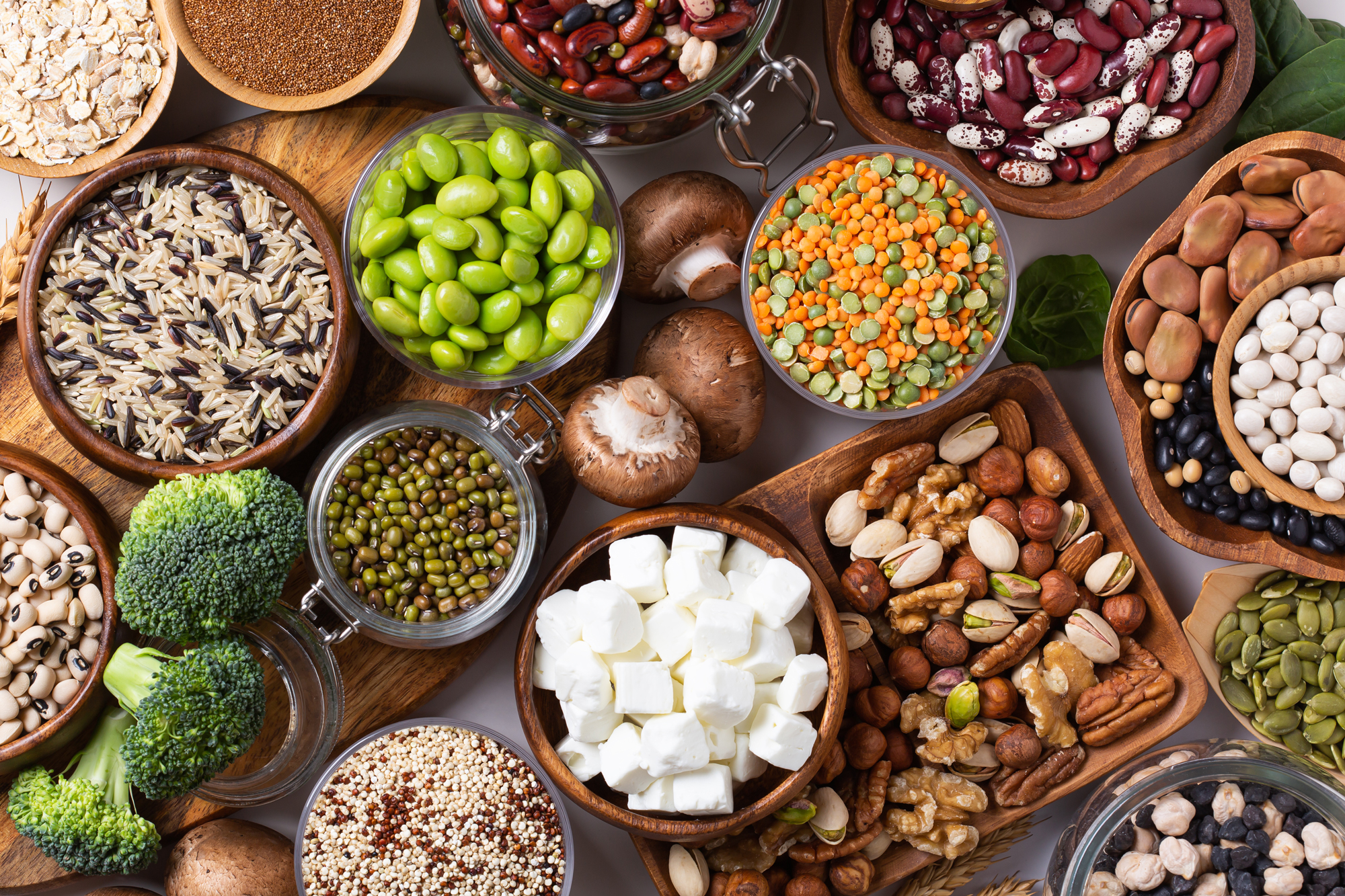
Plant Based eating
It’s easy to be green
More and more people are enjoying primarily vegetable and fruit diets. But how can you make sure you’re getting enough nutrients and vitamins in your diet? Let’s find out.
According to science, one of the simplest ways you can improve your health, reduce your risk of many chronic diseases AND help the environment, is to follow a plant-based, or primarily plant-based diet.
Changing your diet can be a little daunting at first, ensuring you’re covering all nutritional bases. Plus, getting your kids to eat their greens can be difficult at the best of times! Yet, plant-based eating doesn’t have to be scary. And, if the whole family gets onboard, then it’s even easier, as you won’t need to cook different meals for different people.
The health benefits
Ongoing research on plant-based diets have found that those who eat a plant-based diet tend to be leaner than those who don’t. It can be a good idea to eat plant-based meals for the majority of your weekly meal plan, if you’re not quite ready to give up meat or seafood. Eating this way may also help you to improve your gut biome – ideal for those with a food sensitivity or intolerance. There’s also a large volume of research which shows this way of eating is linked to lower rates of heart disease, diabetes, arthritis, improved liver function and healthier kidneys.
Fun fact! Going plant-based can cut your shopping bill by around $1100 per year. Better yet, plant some seeds and enjoy the fruits of your labour all year round.
What to cut out
A plant-based diet typically means you avoid meat, milk, eggs or honey. This doesn’t mean you’re following a vegan diet – the idea of a plant-based diet is to eat food that’s as close as possible to its natural state.
What to enjoy
Mother Nature has more than provided a large array of foods to choose from if you have decided to adopt this way of eating – whether it’s short- or long-term. Pile your plate high with fruits, vegetables, starchy root vegetables, whole grains, whole grains and legumes. Replacements for foods you are cutting out are simple to find – swap red meat for legumes, tofu or plant-based ‘meats’. And, since fruits and vegetables offer such a taste sensation, you won’t miss out on those eliminated ingredients.
Cover your nutritional bases
Many people worry that a plant-based diet means that they’ll miss out on protein, fibre and nutrients their body (or a growing body) needs. Cover your protein and essential fatty nutritional bases by including chickpeas and kidney beans alongside avocado, nuts and seeds (if you can eat these). The good news is that as a plant-based diet tends to be lower in calories, snacking is highly recommended. Protein balls or rice cakes topped with avocado or tomatoes, are a simple and healthy way to stop any hunger pains.
Recipes to follow
If you’re unsure where to start with your plant-based journey, take a look at our wide range of free-from foods. Our recipe library can help you with your meal planning and show you that there’s no need to miss out on delicious and tasty snacks and desserts.
